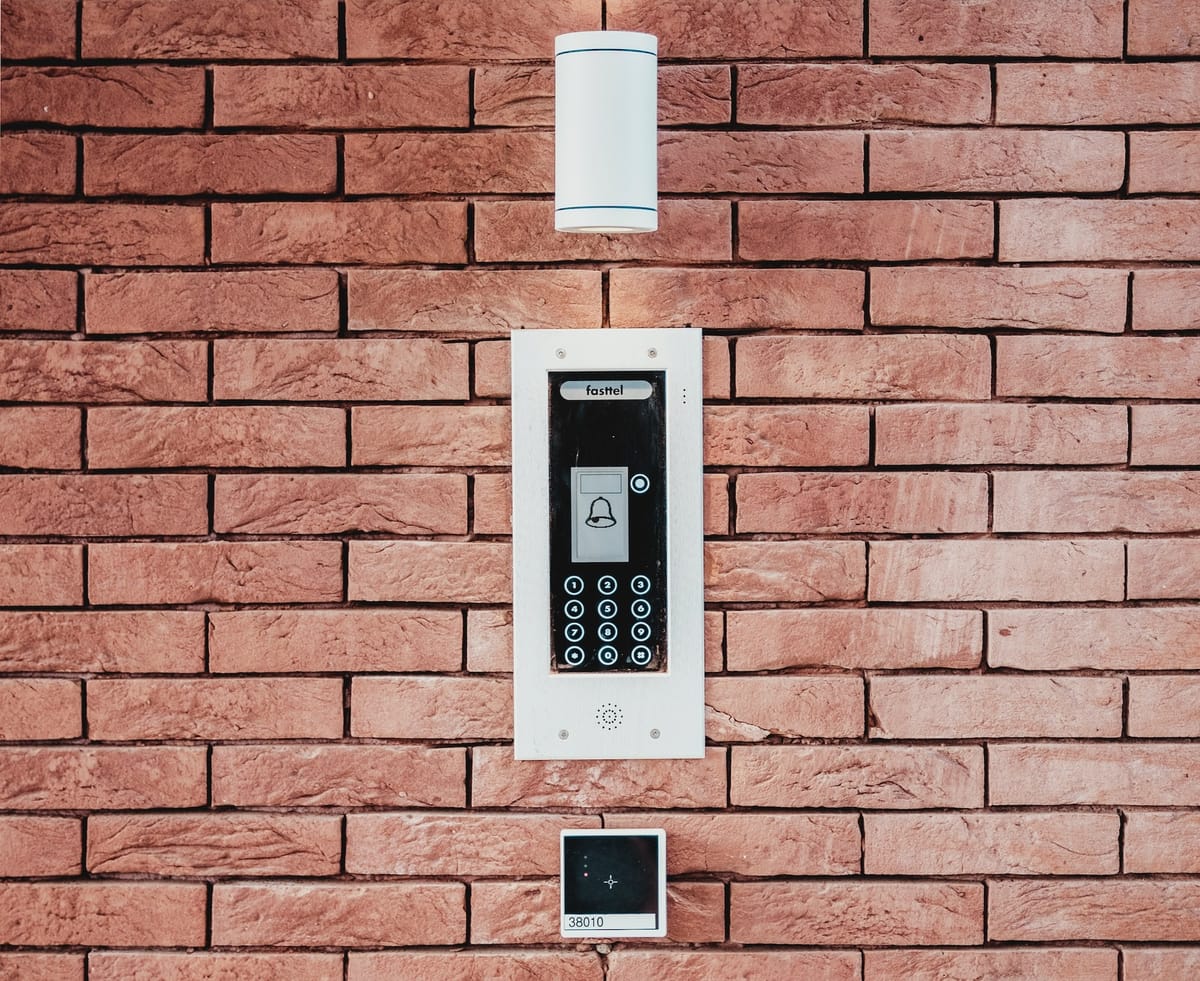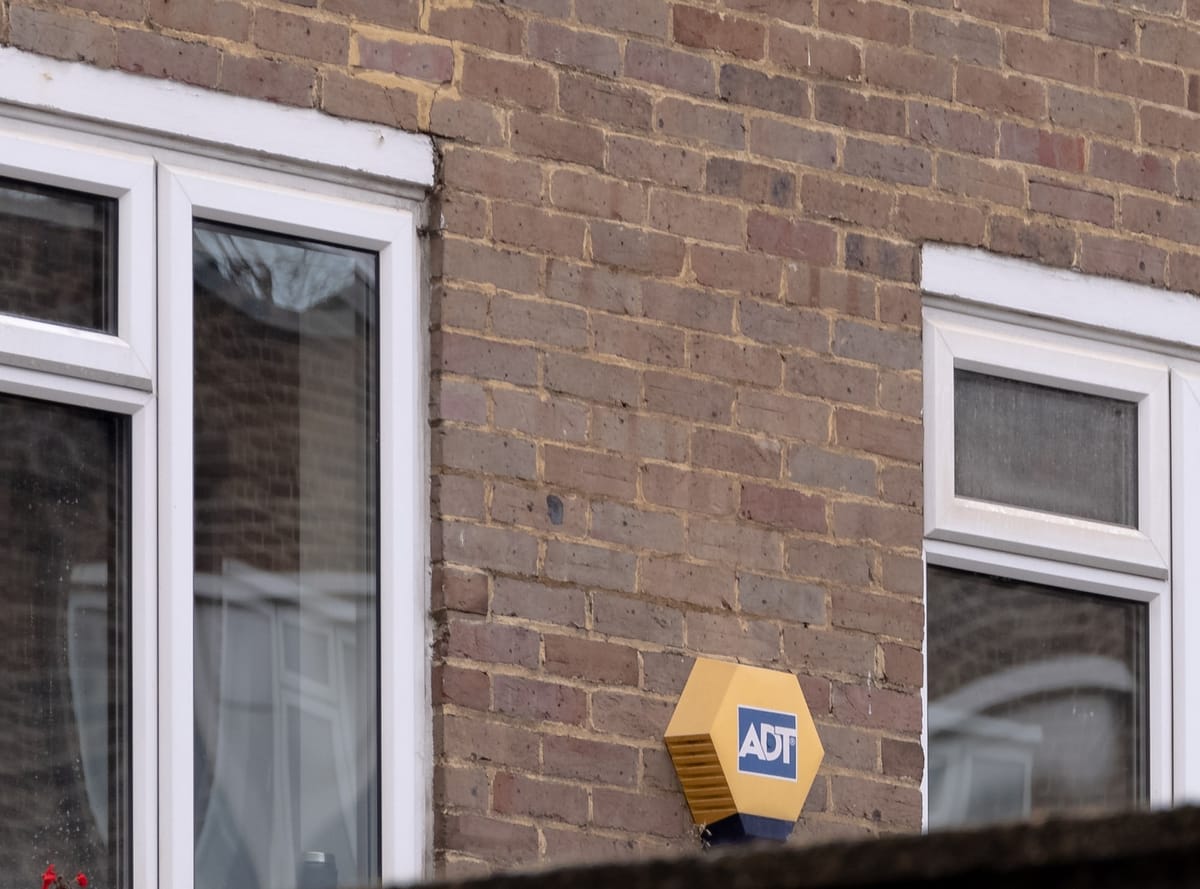Navigating the Landscape of Office Security Systems in 2024

As the business world evolves, so does the need for robust office security systems. In 2024, businesses are increasingly turning to advanced technology solutions to protect their premises, data, and personnel. This article explores the latest trends in office security systems, highlighting their features and benefits, and guiding businesses in making informed decisions.

Emerging Trends in Office Security Systems
- Integrated Security Solutions: Modern office security systems integrate various components such as surveillance cameras, access control, alarm systems, and cybersecurity measures into a cohesive framework. This integration allows for streamlined monitoring and management of security protocols.
- Smart Surveillance: AI-powered surveillance cameras with facial recognition, motion detection, and abnormal behavior alert functionalities are becoming the norm. These systems offer proactive security measures by identifying potential threats before they escalate.
- Access Control Systems: Advanced access control technologies, including biometric verification and mobile access, are replacing traditional keycard systems. These systems offer higher security levels and can be easily managed remotely.
- Cybersecurity Integration: With the rise in cyber threats, physical security systems are increasingly integrated with cybersecurity solutions. This integration is essential to protect sensitive data and IT infrastructure within office environments.

Considerations for Choosing an Office Security System
- Assessing Security Needs: Businesses should assess their specific security needs, considering factors like office size, location, employee count, and the nature of their work.
- Scalability: The chosen security system should be scalable to adapt to the business's growth and evolving security requirements.
- Ease of Use and Management: Systems that offer user-friendly interfaces and easy management are preferable, especially for businesses without dedicated security personnel.
- Compliance and Privacy: It’s important to ensure that the security system complies with legal regulations and respects privacy norms, especially when using surveillance technologies.
- Cost vs. Benefit Analysis: A thorough cost-benefit analysis can help businesses balance their security needs with budget constraints.

Future Outlook
The future of office security systems is likely to see further advancements in AI and machine learning technologies, offering even more sophisticated security solutions. The integration of IoT devices and the increasing emphasis on cybersecurity will also continue to shape the landscape of office security systems.
As businesses navigate the complexities of securing their offices, staying abreast of technological advancements and understanding their unique security needs will be key. The right office security system not only protects physical and digital assets but also contributes to a safer and more productive work environment.





